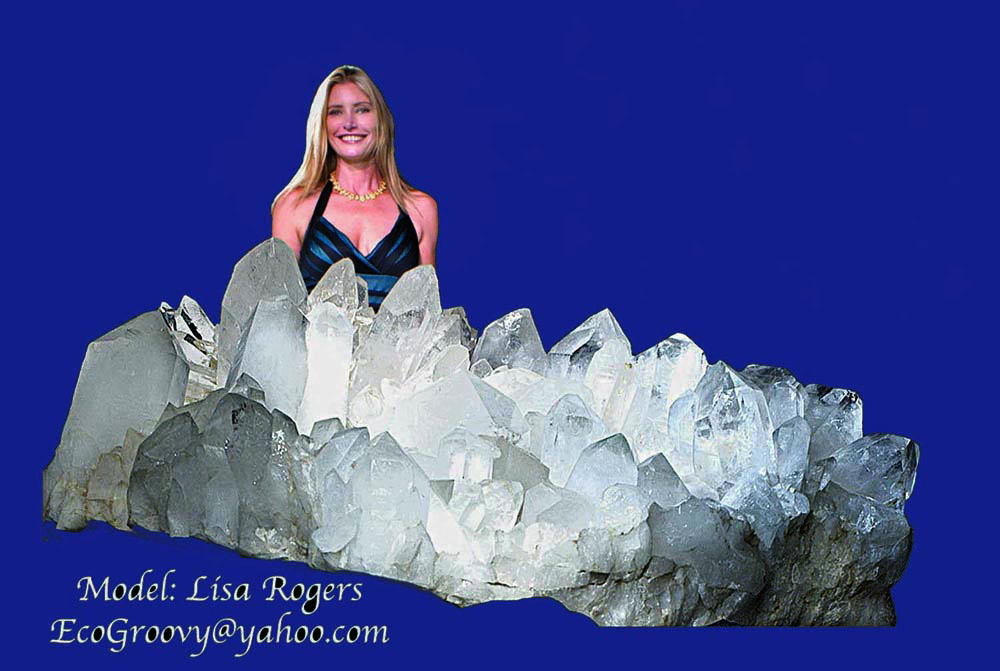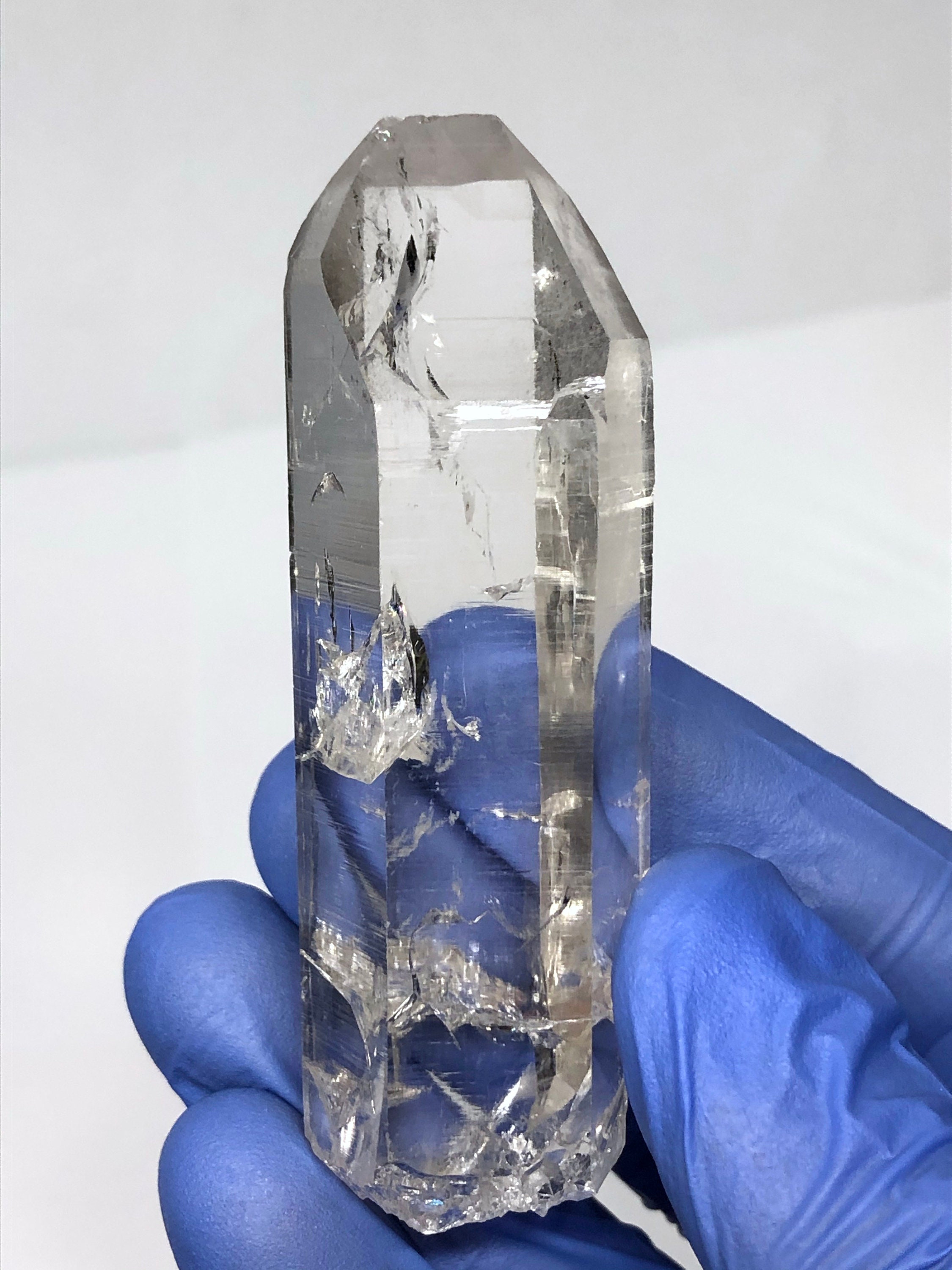

Present throughout such an operation and so, of necessity, some dimensions may have been obtained from miners. Impossible, to accurately measure unless they are completely mined out of their matrix. Very large crystals can be difficult, if not Of these large crystals have irregular form and little aesthetic appeal. The crystals recorded here merit inclusion by virtue of their size and not their beauty. Necessary to know the location of the crystal before data can be retrieved.

Note that Guillemin (1964) renumbered the pages for each museum so that it is In these instances the information provided by Noticed between data given by Guillemin and that supplied by curators. However, occasional discrepancies in dimensions have been Books by Guillemin (1964, 1972) are lists of selected specimens contained in various museumĬollections and were most useful sources of information. Several measurements have been obtained from the book by Sinkankas (1964), but this author did not cite theĭata sources so this information could not be verified. Rounded to the nearest cm (or two significant figures) and calculations of volume and mass have been based on the rounded figures, assumingįor each crystal, only the original reference isĬited unless it is in a rather obscure publication, or a later paper All data are given in SI units with converted measurements being indicated byĪn asterisk and estimated or calculated parameters being enclosed by parentheses. Additional specimens are also listed whenever a larger crystal has been incompletely documented, or whereĭoubt exists that it is a single crystal.

Multiple entries for a category have often proved necessary to encompass these and establish the records in that Sometimes a single crystal has all three records, but The greatest length, the greatest volume, and the greatest mass. In addition, some data forįor each of the twenty-four mineral categories, there are listed in Table 1 the crystals which have Separately listed and the most common minerals - silicates - have been considered by subclasses. Each of the compositions named in their class titles has been Palache (1923) commenced to compile, would have been both cumbersome and extremely difficult to produce.Īccordingly, this compilation gives (Table 1) the largest known crystals for each of the mineral classes in theĬlassification used by Mason and Berry (1968, p.197). How best to present this data has been a problem for a list including every mineral species, such as Previously been brought together in a single compilation. AnĮxtensive literature search, and a multitude of letters to mineralogists throughout the world, has, however, yielded much data which is presented here for it has never A more recent appeal (Rickwood, 1976) for such data was also rewarded with little response. (1935), and Jahns (1953) subsequently recorded additional data on large crystals of minerals which were of particular Possesses?" The plea must have been, unheeded for an updated list did not appear, although Spencer (1928), Frondel Largest crystals known to him, and wrote "Will not every reader of this magazine supply such data as he More than half a century has passed since Palache (1923) published, in this journal, a list of the

" Regrettably, like many giant crystals it was not accurately measured, so its true in the Ural Mountains aįeet of unknown depth was opened in a single feldspar crystal", and Kostov (1968, p.55) wrote "There are Its size was given by Hurlbut (1968, p.14) thus ". And yet there may be truth in this, for the undocumented report of such an orthoclase crystal can be Among the many improbable tales handedĭown from student to student is the story of a mysterious locality in the Urals where a quarry was made inside a singleįeldspar crystal. That had been found he would find it difficult to give an exact answer". He would probably reply that there is no limit but if he tried to tell of the biggest Palache (1923) wrote, "How large can crystals grow? What teacher of mineralogy but has beenĪsked this question many times. Malagasy Republic, being 18 m in length, 3.5 m in diameter, having a volume estimated at 143 m 3 and a mass approximately The largest authenticated crystal of any type is a beryl from Malakialina, The dimensions and occurrences of the largest known crystals in each of twenty-four categories (nine classes) of No upper limit on the size of crystals is to be expected, but


 0 kommentar(er)
0 kommentar(er)
